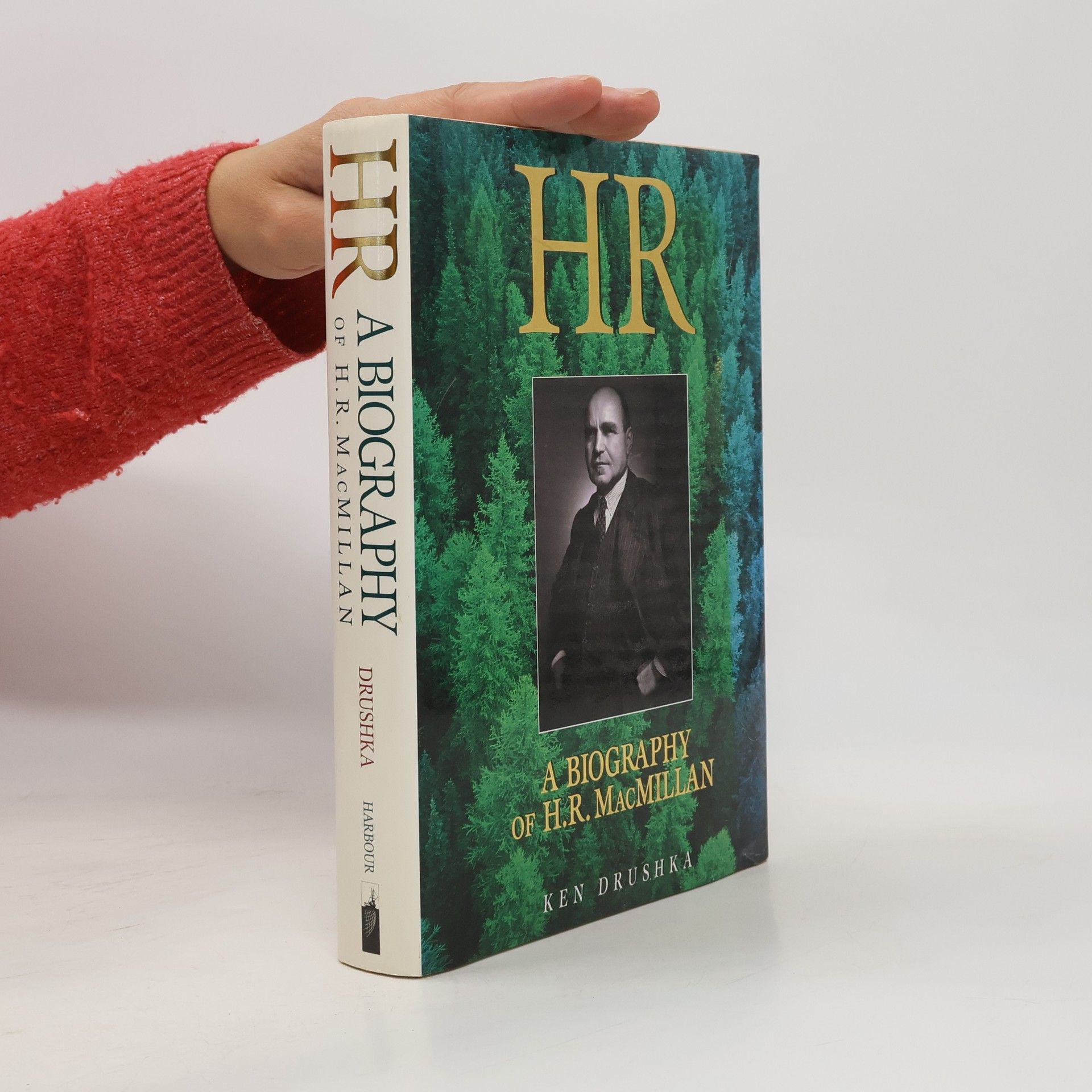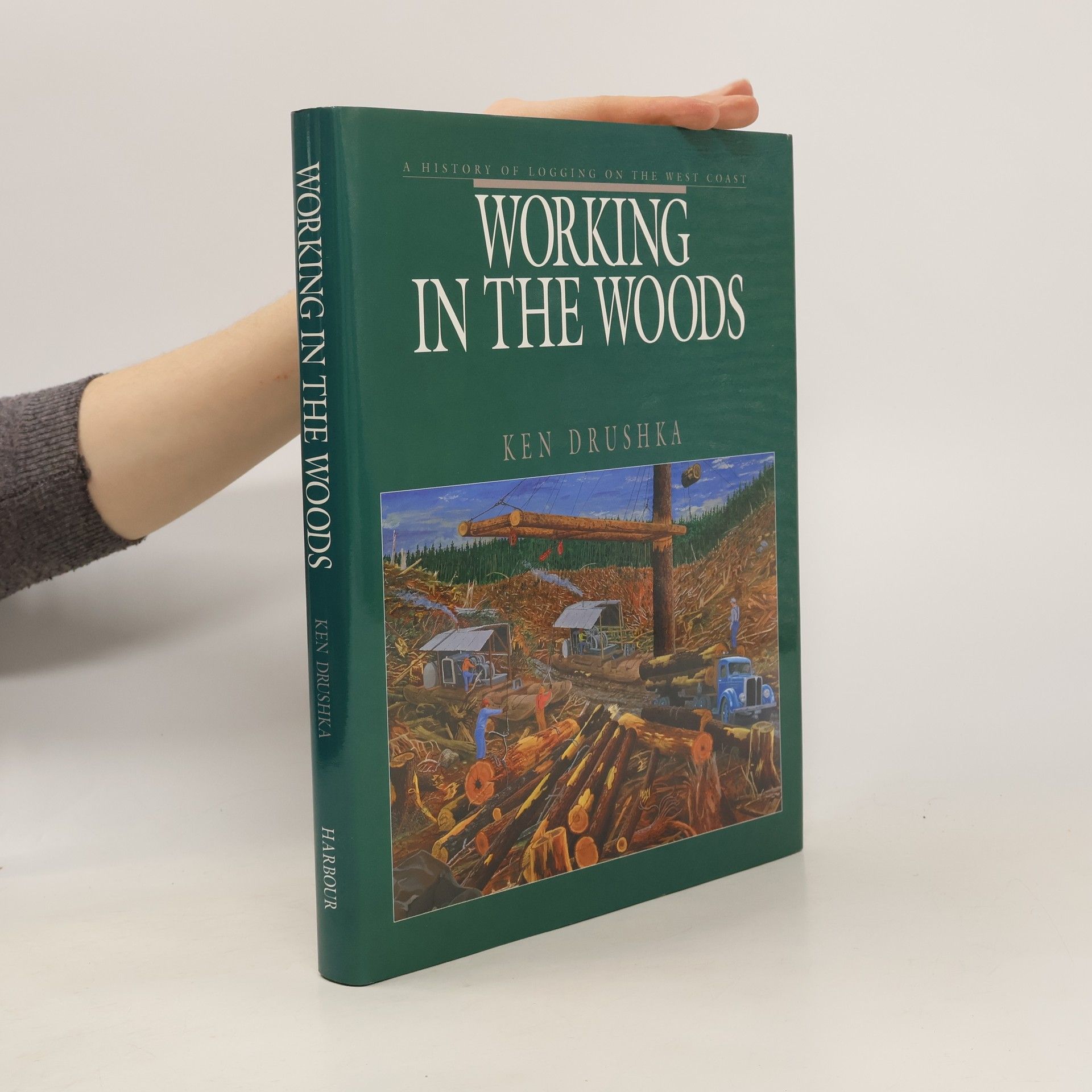Working in the Woods
- 304pages
- 11 heures de lecture






Provides an overall description of Canada's forests, their historical uses, and their changing conditions. This work examines ten forest regions of Canada, looking at how the human use of these forests has changed, since the end of the last glacial period. It analyses the changes in human attitudes towards the forests. schovat popis
The book offers an in-depth exploration of the evolution of logging practices, tracing the journey from traditional handlogging techniques to contemporary methods using helicopters and skyline systems. It features rich oral histories that provide personal insights from those in the industry, complemented by a collection of photographs that showcase both historical and modern logging scenes. This blend of narrative and visual elements captures the transformation and enduring significance of logging throughout history.
Focusing on key topics such as tenure, forest planning, stumpage, and sustained yield regulation, this book serves as a comprehensive resource for understanding British Columbia's forestry practices. It is essential for readers interested in the management and conservation of the region's forests, providing in-depth insights into the complexities of forest resource management.
Harvey Reginald MacMillan (1885-1976) is one of the most significant figures in Canadian corporate history. Born into extreme poverty in rural Ontario, MacMillan continued his education after high school and went on to study at Yale. Despite serious setbacks, including a bout with tuberculosis, MacMillan persevered, and in 1912 became the first chief forester in BC. He distinguished himself at once by selling BC lumber abroad in quantities that would have a lasting impact on the province's economy. By 1919 he had entered the private sector, establishing the first locally owned lumber export company in BC. That company grew to become MacMillan Bloedel, one of the most powerful forestry corporations in the world.MacMillan also served his country in both World Wars and gave away millions of dollars during the last two decades of his life. For more than half a century, his speeches and arguments on public policy exerted an enormous influence on Canada's business and political leaders, although he often broke ranks with his colleagues to call for long-term resource management policies that were far ahead of their time. H.R. was a prominent and influential man, always forthcoming on matters of principle. But he was also very reserved, private and complicated. Drushka's portrait of him, compiled over years of reading through public record and working closely with MacMillan's family and business associates, is a respectful but clear-eyed look at the real H.R.: the ardent conservationist who was also a ruthless business tycoon; the strait-laced businessman who had a lifelong friendship with his eccentric cousin, Mazo de la Roche; the shy, retiring gentleman who was also described as an "elemental force of nature."